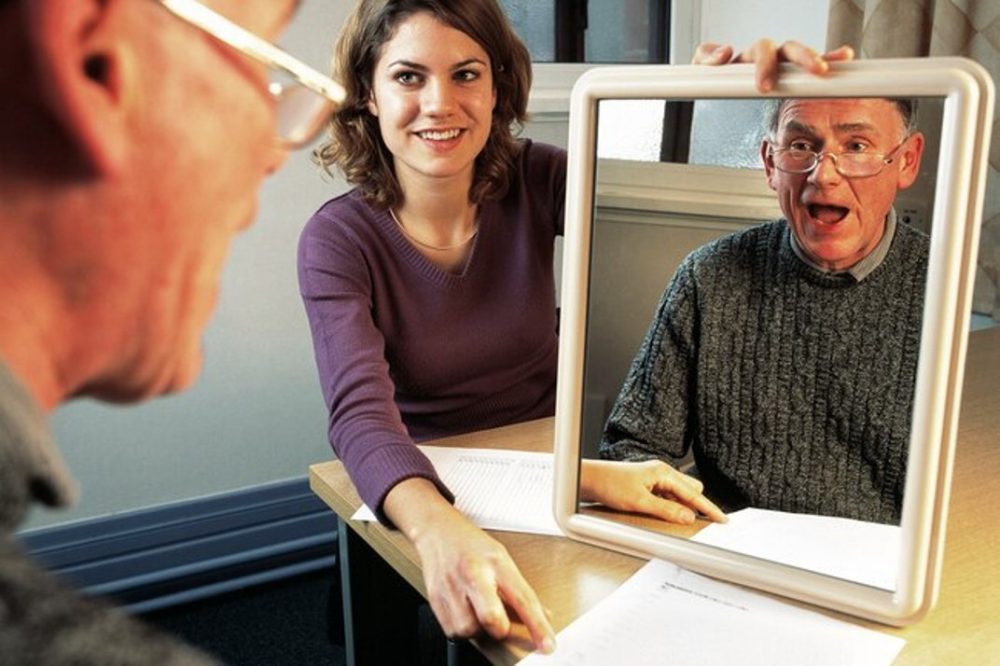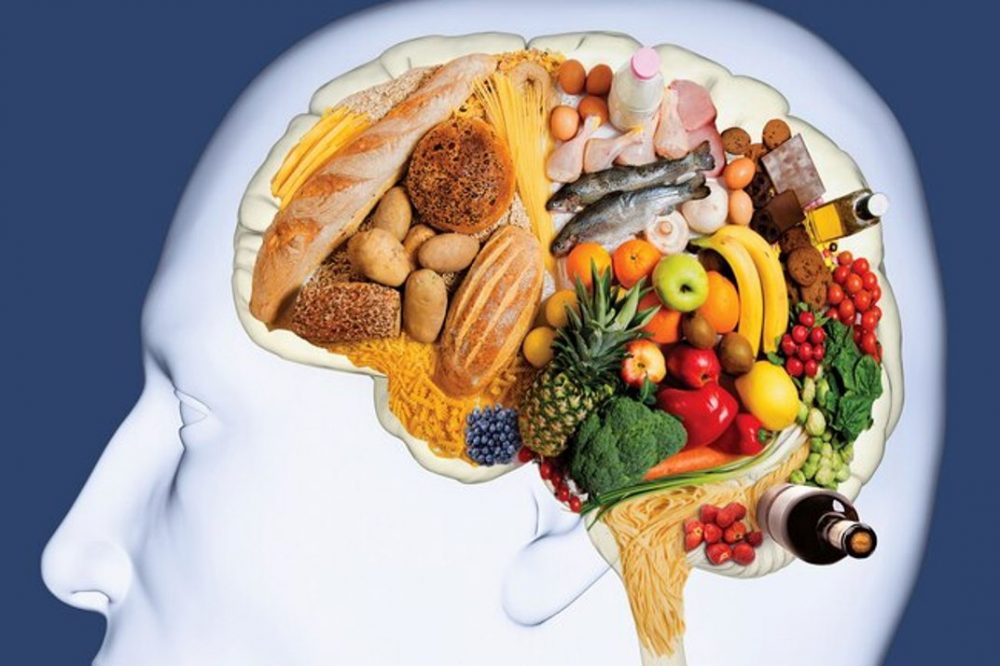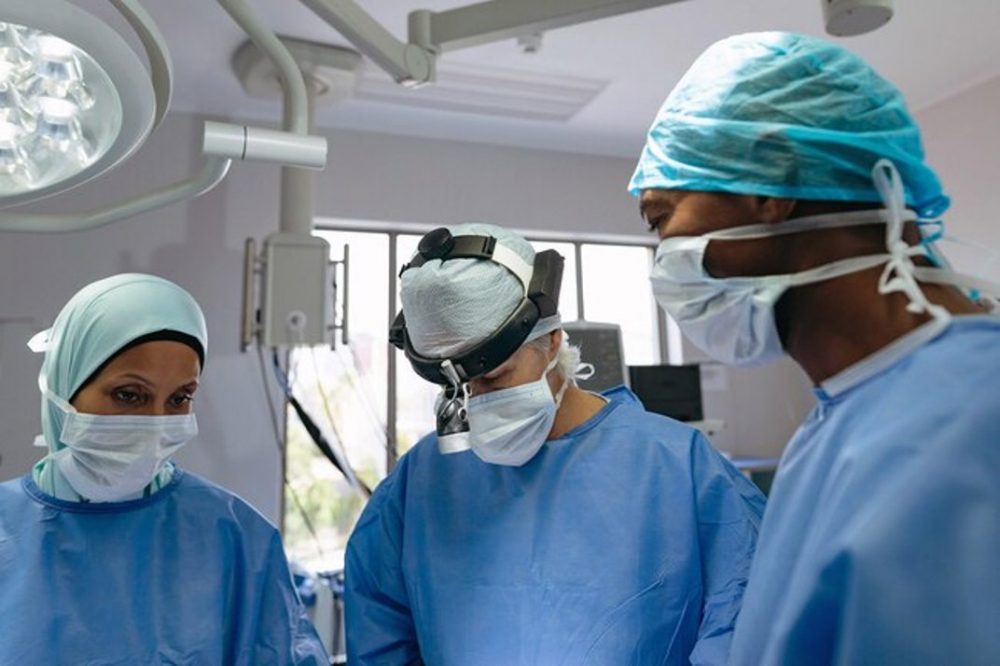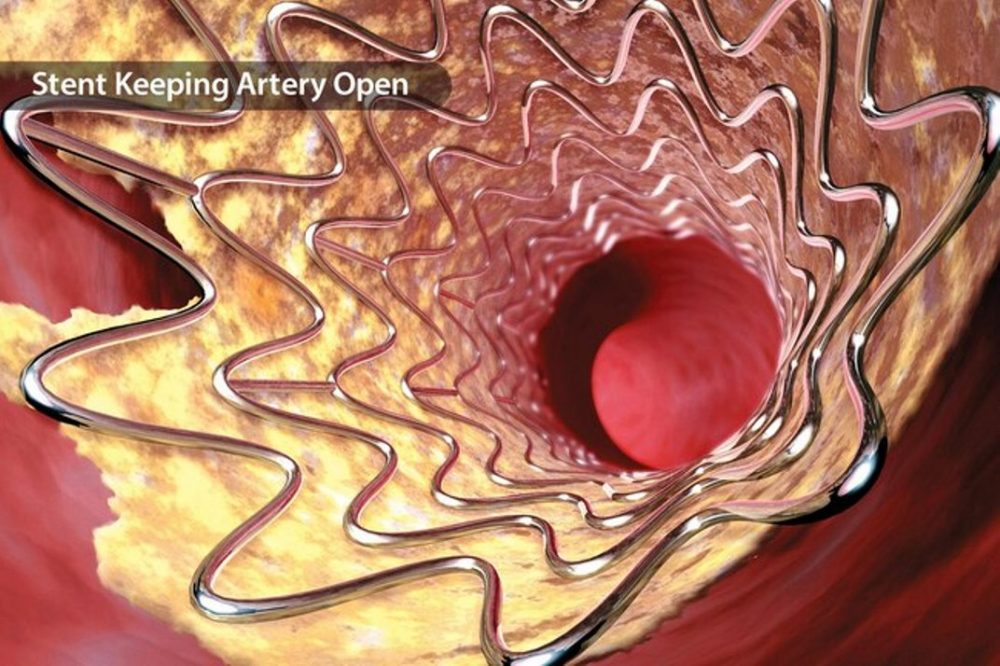Life After a Stroke: What to Expect From Recovery
Range of Recovery
The goal is to restore as much independence as possible. Every person is different, and so is every stroke. Many people regain some or all of their ability to take care of themselves. Those who get clot-busting drugs soon enough after their stroke may recover completely. And people whose abilities are changed by a stroke can often learn ways to adapt through therapies to help with movement, everyday tasks, and communication.

Common Issues
Whether a stroke causes long-term effects depends on how severe it was, where in the brain it struck, and how quickly the stroke got treated. After a stroke, many people have physical problems such as numbness in the arms or legs and trouble with walking, vision, swallowing, talking, or understanding. These issues may be permanent, but not always. Rehabilitation is key for regaining lost skills and adapting to damage that can’t be undone.

PT and OT
Muscle weakness, as well as balance problems, are very common after a stroke. This can affect walking and other daily activities. Physical therapy (PT) helps you regain strength, balance, and coordination. For fine motor skills, such as using a knife and fork, writing, and buttoning a shirt, occupational therapy (OT) can help.

Speech Therapy
Some people have trouble speaking after a stroke. For them, speech and language therapy is key to regaining as much of that ability as possible. A speech therapist can also help if someone has trouble swallowing.

Talk Therapy
A lot of stroke survivors and their loved ones feel difficult emotions, including anxiety and sadness. You don’t have to deal with that alone, especially if it starts to affect your daily life. A psychologist or mental health counselor can help you manage these emotions and watch for signs of depression, which is common after a stroke — and can be treated.

Preventing Another Stroke
After a stroke or TIA, avoiding another one is a top priority. While your risk is higher than someone who’s never had a stroke, that risk drops over time — and there are things that help lower that risk. Medication, healthier habits and, for some people, surgery may be part of your doctor’s recommendations.

Medications
After a stroke, if you have conditions such as high blood pressure, diabetes, high cholesterol, atrial fibrillation, or heart disease, your doctor will prescribe medication to treat them. People at high risk may need to take anti-platelet medicines, such as aspirin, to help prevent blood clots. Some people may need anti-clotting drugs, such as warfarin.

What to Check
Taking your medication is key. But so are these things:
- Exercise. If you have your doctor’s permission, slowly add more active time to your day. And cut down on time spent sitting.
- Weight. Ask your doctor what habits will help you be your healthiest at any size, and discuss whether weight loss is part of that.
- Tobacco. If you smoke, make it a priority to quit.
A healthier diet is also a big part of lowering your risk.

Food Shifts
Eat more vegetables, fruits, whole grains, fish, nuts, and low-fat dairy products. Cut back on saturated fat (found mainly in animal products but also in coconut and palm oils), salt, and added sugar.

MIND Diet
It’s like a cross between the traditional Mediterranean diet and the DASH diet, and it includes vegetables, berries, fish, beans, nuts, whole grains, poultry, olive oil, and a little bit of red wine. Eating this way may help slow down a decline in mental skills after a stroke, according to a study of 106 stroke survivors.

Carotid Artery Surgery
Some strokes are due to narrowed carotid arteries, which are on both sides of the neck and bring blood to the brain. People who’ve had a mild stroke or TIA for this reason may be candidates for carotid endarterectomy. The surgeon removes plaque from the lining of the carotid arteries. Ask your doctor about the risks, benefits, and recovery, which may take several weeks.

Balloon and Stent
Doctors can sometimes treat a clogged carotid artery without major surgery. A procedure called angioplasty involves guiding a catheter to the carotid artery and inflating a tiny balloon to widen the narrowed area. A metal tube, called a stent, can be inserted and left in place to keep the artery open. You’ll likely stay in the hospital for a night and get back to your usual activities in a few days.

By Graciano Masauso, President
Information Office, Harare, Zimbabwe

